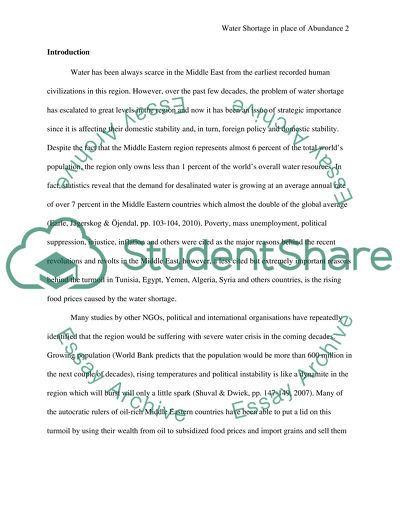Cite this document
(“Water shortage in place of Abundance Assignment”, n.d.)
Retrieved from https://studentshare.org/geography/1394365-water-shortage-in-place-of-abundance
Retrieved from https://studentshare.org/geography/1394365-water-shortage-in-place-of-abundance
(Water Shortage in Place of Abundance Assignment)
https://studentshare.org/geography/1394365-water-shortage-in-place-of-abundance.
https://studentshare.org/geography/1394365-water-shortage-in-place-of-abundance.
“Water Shortage in Place of Abundance Assignment”, n.d. https://studentshare.org/geography/1394365-water-shortage-in-place-of-abundance.


